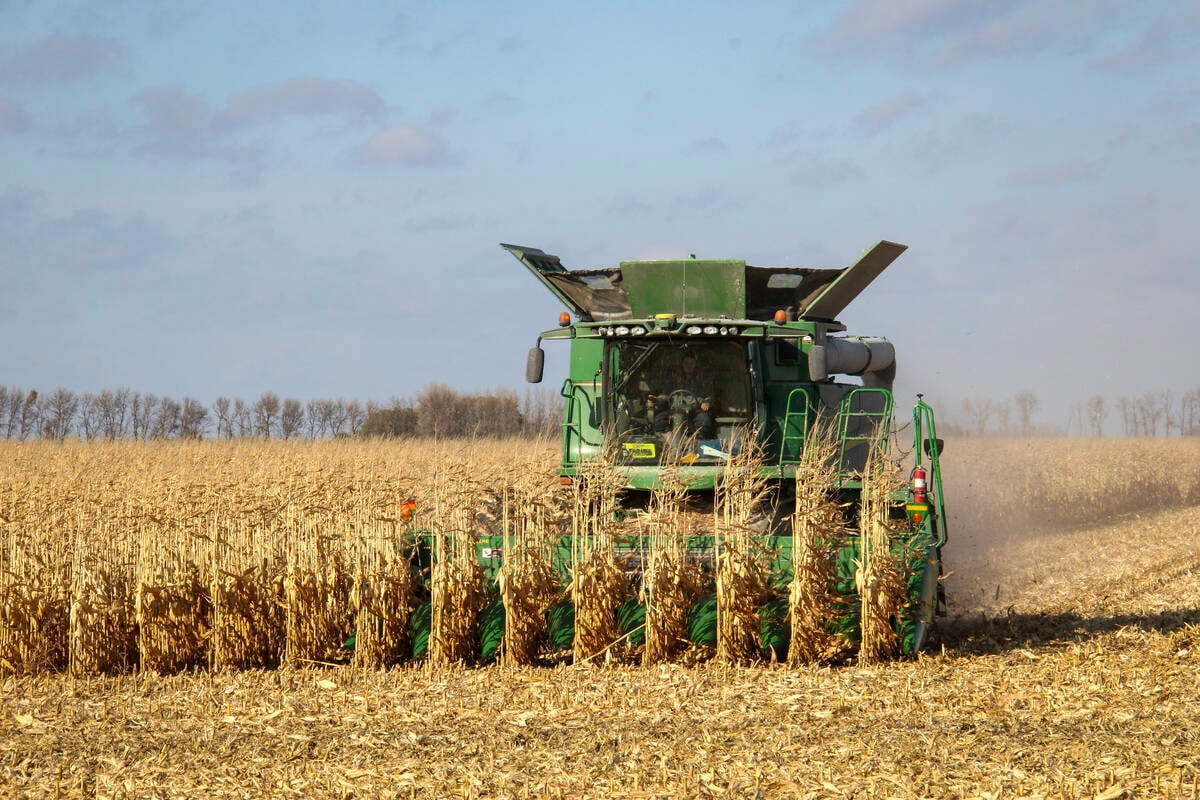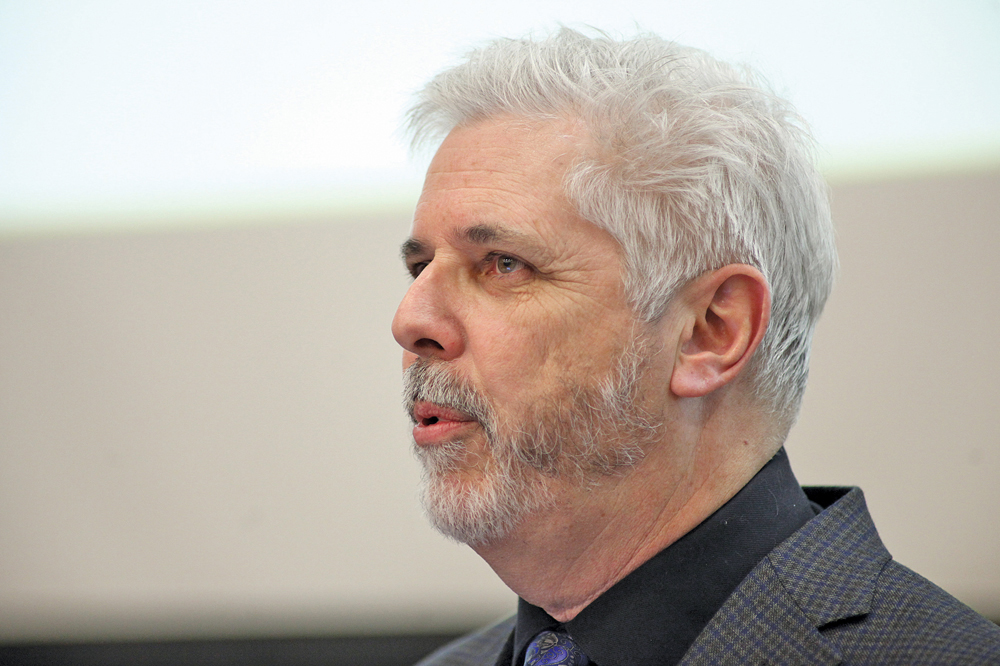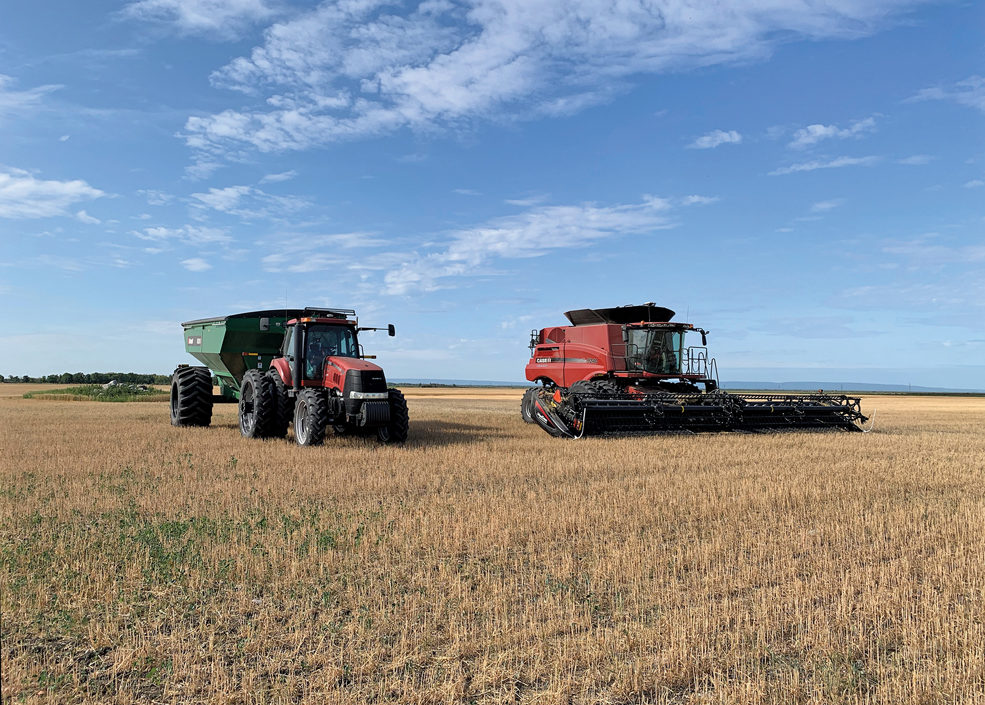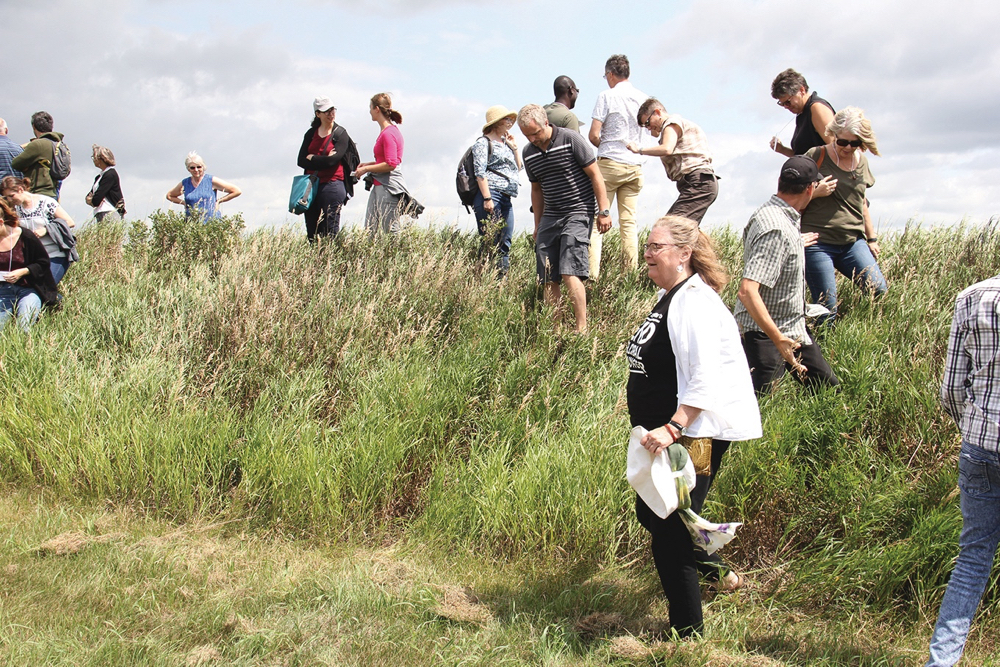Whether you’re in the house, the combine or the barn, it’s something that rarely leaves your side — your phone.
But while farmers are using their devices for everything from surfing the Internet, to purchasing fertilizer and checking weather forecasts, producers, farm organizations and commodity groups are overlooking the basics of communication when it comes to getting their stories into urban publications.
“Nobody uses the telephone anymore, right? Nobody calls anybody,” said Owen Roberts, an agricultural journalist and head of research communications at the University of Guelph. “I know it’s a little bit scary, calling up a reporter and saying hey, I’ve got a story for you, but I know as a reporter… or as a communications professional at Guelph, when someone calls me and says, I’ve got a story for you, I listen.”
Ed Cassavoy agrees.
The director of reader engagement and content commercialization at the Toronto Star joined Roberts to speak about reaching urban audiences during a seminar at the University of Manitoba last week. He said he gets about 1,000 emails a day, while an assignment editor would receive even more.

“Killing off emails is easy,” said Cassavoy. “A lot of it is junk.”
However, phone calls are harder to ignore and even if an editor or reporter is too busy to speak to you at that moment — or even blows you off altogether — a brief connection is made and the door is opened a crack.
“If you work that person over time, in an honest way, trying to explain it, that will bear much more fruit than shooting out emails and PR releases,” Cassavoy said, adding he’s still surprised some organizations simply fire off emails and hope for the best.
“You really have to concentrate on reaching the right people and I’m always shocked that in this world with all this information at your fingertips there’s a lack of awareness and research done to find the right people to contact in the media,” he said. “You’re not trying to spread this to every possible person in the world, you focus on the key markets, the key journalists, the key publications and key editors and have a connection with them, which takes some work.”
Read Also

Manitoba corn research looks for home-based weed control
University of Manitoba researchers want corn growers to have Manitoba-based weed control advice, not U.S. or Ontario-based recommendations.
Roberts notes that one benefit of having a relationship with a journalist or editor is that issues can be dealt with proactively, rather than reactively. It also gives agriculture another avenue from which to lobby elected officials and government.
“We know government is sensitive to media,” Roberts said.
Social media and other electronic platforms are also important, but still don’t reach as large an audience as a paper of record would, he said. Meaning that getting agricultural issues into mainstream publications remains important.
“Print continues to be a really vital way to get news out and to have something on the record that people can refer to,” he said.
A strong social media presence can help provide background or a repository of images that can be used to illustrate and buttress an article — or even alert a journalist to a possible issue, story or source — but social media is still unlikely to reach as many people as a newspaper.
“One story in the Star and Metro News is 1.8 million readers,” said Roberts, noting the combined readership of the Toronto Star and its affiliated daily publications.
Cassavoy added that number didn’t include online readership or social media views.
But to get to that point, communicators, farmers and researchers still need to be able to pitch a story or issue in a way that connects with an urban audience.
“Tell me the point of the story in one sentence,” Cassavoy said. “What’s the headline?”
Food continues to be the driving issue for urban readers, especially factors affecting prices, he added, noting stories rooted in technology also grab reader attention.
“Most of our readers are not going to read about agriculture, right, and we already know that, you guys already know that, so how do you get at them? You have to entice them, it’s got to be about something they care about,” he said.
Roberts said getting people to take notice of a story on agriculture boils down to answering two questions, “so what and who cares?” Having a story that is entertaining is also important, as is realizing that agriculture may not be the whole story, it may be one part of a larger story.
How to show success in media penetration can be challenging for academic institutions that are increasingly interested in the metrics of success, said Yvonne Lawley, a researcher with the University of Manitoba’s department of agriculture interested in reaching a larger audience who attended the seminar.
“In the broader media, it’s much harder for me to demonstrate whether I’ve done a good job or not,” she said.
Roberts agreed that it was easier to track academic citations, but said there are ways to gauge success in mainstream media, including tracking social media followers and interactions, as well as the number of incoming queries an expert or researcher receives.
Apiarist and philosophy professor, Phil Veldhuis, wondered what impact the current diversity of opinions in the agricultural community could have on getting media coverage of farming issues, noting “not everyone in agriculture is going to tell the same story.”
And that’s OK, according to Roberts, who said a diversity of opinions and perspectives will help cultivate a wider interest in agriculture issues.
“I’m OK with there not being one voice for agriculture, I’m OK with there being a bunch of different voices, because I think that reflects diversity that exists,” he said.















